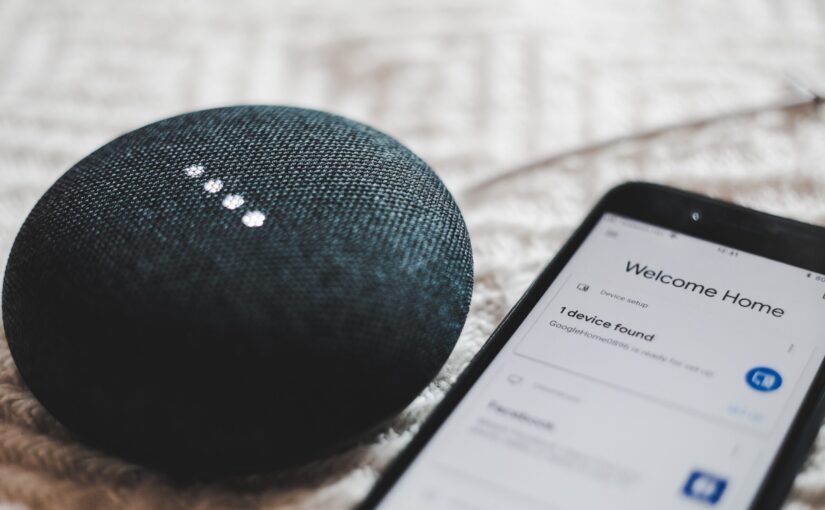Technology-facilitated abuse describes the misuse of digital systems such as smartphones or other Internet-connected devices to monitor, control and harm individuals. In recent years increasing attention has been given to this phenomenon in school settings and the criminal justice system. Yet, an awareness in the healthcare sector is lacking. To address this gap, Dr Isabel Straw and Dr Leonie Tanczer from University College London (UCL) have been leading a new research project that examines technology-facilitated abuse in medical settings.
Technology-facilitated forms of abuse are on the rise, with perpetrators adapting digital technologies such as smartphones and drones, trackers such as AirTags, and spyware tools including parental control software, to cause harm. The impact of technology-facilitated abuse on patients may not always be immediately obvious to healthcare professionals. For instance, smart, Internet-connected devices have been showcased to be misused in domestic abuse cases to inflict physical harm. Smart locks have been used to trap individuals inside their homes, smart thermostats have been used to inflict extremes of temperature on victims, and remotely controlled lighting and sound systems have been manipulated to cause psychological distress. COVID-19 catalyzed the proliferation of these technologies within our environment, with sales of smart devices increasing 30% on last year. Yet, while these tools are advertised for their proposed safety and convenience, they are also providing new avenues for violence, harassment, and abuse.
The impact of technology-facilitated abuse is especially notable on young people. In recent years, pediatric safeguarding guidelines have been amended in response to increasing rates of knife crime, gang violence and drug trafficking in the UK. However, technology-facilitated abuse has evolved at a parallel rate and has not received the same level of attention. The impact of technology-facilitated abuse on children and teenagers may manifest as emotional distress, anxiety, suicidal ideation. Koubel reports the exacerbation of mental health risks born from websites that encourage self-harm, eating disorders, and suicide. Furthermore, technology-facilitated dating abuse and sextortion is increasing amongst adolescent populations. With 10% of children being affected by sexual solicitation online, the problem is widespread and under-investigated. As reported by Stonard et al. in “They’ll Always Find a Way to Get to You”, digital devices are playing an increasing role in relationship abuse amongst young people.
Vulnerable individuals frequently perceive medical settings as a place of safety. Healthcare professionals, thus, have a role in providing both medical and psychosocial care to ensure their wellbeing. At present, existing clinical and patient management protocols are outdated and do not address the emerging threats of technology-facilitated abuse. For clinicians to provide effective care to patients affected by technological elements of abuse and violence, clinical safeguarding protocols need a radical update if they are to assist professionals navigating high risk scenarios.
